
|
| Accept Cookies | Customize | Refuse Cookies |
Blank76 www.juzaphoto.com/p/Blank76  |
 | Tamron SP 150-600mm f/5-6.3 Di VC USD G2 Pros: Value for money - solid feeling Cons: Loss of sharpness at maximum extension Opinion: Preferring landscape photography - lunar alignments - timelapse I find it an excellent solution without having to break the bank. The lens is solid, the anchoring arm to the ring is just as "massive". Anchoring takes place directly on ARCA Swiss or alternatively with a plate on Manfrotto or other systems. The "plasticky" lens hood. The lens is sold with a bag that I promptly replaced with a JJC padded case that cost just over 20 euros. In my opinion, a protective shell with padding should be included with the lens from the moment of purchase, as for Sigma lenses. I don't understand certain choices - 1200 euros of lens and a bag for transport? On the qualitative side: I don't practice birdlife or sports photography, I abstain on evaluations related to autofocus, moreover I have not used it with camera bodies known for this aspect, so if I spoke well or badly of it it would not be true. Stabilization: I must say that it looks great, also adjustable depending on the movement to be made (generic / panning v/o) Color rendering: excellent for the photos I take Sharpness: I don't like it at f/5 and f/6.3; minimum is f/8. Among other things, by focusing the flag or antenna 5-6-7km away to align the moon, it is evident that the diaphragm must be closed. there is a loss of sharpness even at maximum extension, I think from 580 to 600, at least on my sample paired with Canon bodies. Lens promoted for the type of photo I'm interested in. Probably photographers interested in birds of prey and rallies should opt for something else and go up in price sent on October 13, 2025 |
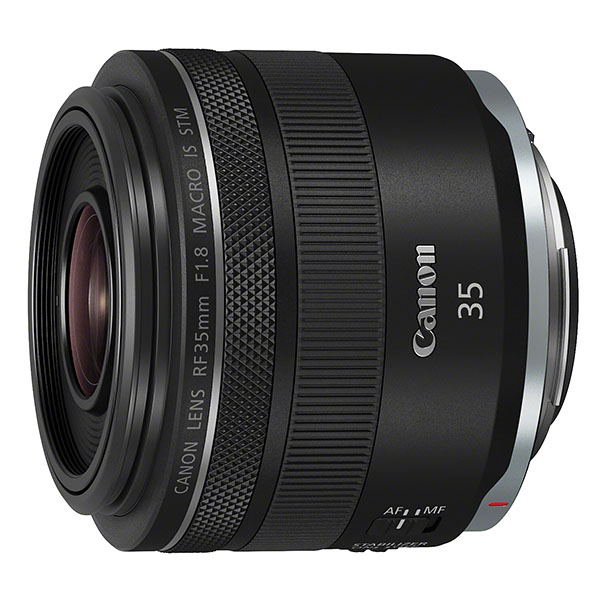 | Canon RF 35mm f/1.8 Macro IS STM Pros: 300 grams - Stabilized - Electronic dive for function control Cons: for now none (perhaps the STM) Opinion: Purchased to accompany the Eos R, it is practical, modest in size and very light. It may not have the quality of the most ephaly, but there is one aspect not to be underestimated Switching from a 6D Mark II - 24 70 to an Eos R - 35mm means reducing the footprint and weight by 60%. The focus system is not ultrasonic but it is not a grinder like the old STM, I would say it is also quite fast as well as silent. The electronic dial is 100% customizable as diaphragm or ISO adjustment or exposure compensation, Shooting time etc. The function, common to all RF is extremely convenient. sent on January 24, 2020 |
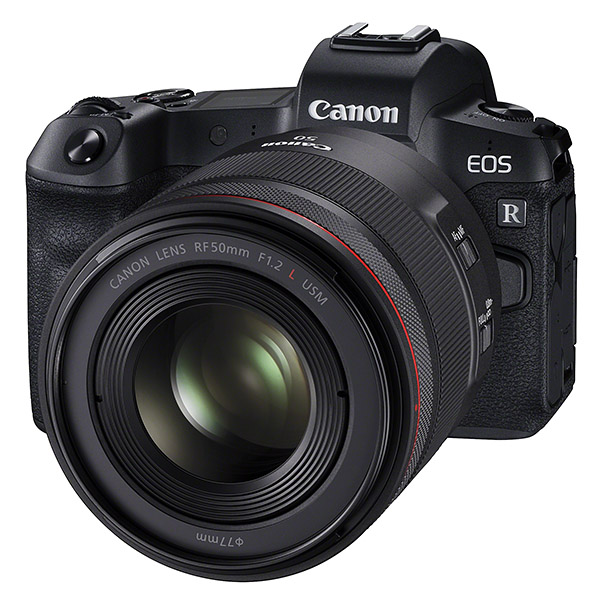 | Canon EOS R Pros: Reliable and very fast focus - excellent EVF Cons: Some flaws in the video sector Opinion: The EOS R has excellent ergonomics, the controls are simple and customizable. Coming from the 6D Mark II I struggled a little (half an hour) to customize it and get used to it but I think the transition from other Canon bodies is simple. Before i bought it I had tested at the store FotoEma an A7RIII but the spark did not start. Canon's menus are certainly more immediate and better organized. The body has excellent ergonomics, but the gravels are not as easy to reach as in a reflex (especially for those with large hands). It should be specified that the machine with pancakes or lenses not too heavy is much more practical to maintain, of course the thinner body, combined with the adapter that moves the center of gravity forward, is less practical than a reflex. Certainly with RF lenses the balance problem does not arise, but a 24 70 or a 70 200 are well unbalanced forward (which of course would happen with any ML that is hooked up to an adapted lens). The focus with the eye tracking system is lightning fast, I don't take sports photos but I tested the kids on the bike and did not miss a shot. In addition, with the firmware update, the Eye Detection system has been implemented for autofocus in Servo mode as well as One shot. The dynamic range is excellent, especially for shadows that have always been the Achilles heel for Canon. It focuses in a room completely in the dark, even without pilot lights. The RF optics have a dial with customizable function that make the EOS R-RF system extremely practical (especially from the lens you add or take away light stops very quickly) The machine is 100% customizable, with pre-settings that switch between photos and videos in time 0. To the touch button you get used to it with ease, I set it up for ISOs, really practice the possibility of attributing diversified functions to the left and right buttons of the multitouch bar and to the "swype" Between Histogram in the crosshairs, tracking of the eye, and MAF assisted to err a shot is practically a feat! Flaws: As you know suffers from Rolling shutter in videos, also there is cropping for 4k videos (for those who do not make videos may not be a real problem); it does not have a stabilized body which for those who use stabilized optics or makes landscapes can be completely uninfluential. The choice to eliminate low-resolution ARS acorn is not an advantage if you shoot at high ISOs (for example it can be a problem if you do astrophotography the excessive file size if you do not have a hyperluminous optic), I hope they are reintroduced with some future update. In summary, Canon (like the others) ran for cover from the preference towards the mirrorless segment that was capturing a large part of the user. In my opinion, the Eos R fits the landscaper or portraitist, ensures the same familiarity as those who already used Canon (one of the greatest advantages over the others) and allows you to use the optics you already have (EF and EF-S). For me promoted with flying colors sent on January 05, 2020 |
 | Sigma 24-105mm f/4 DG OS HSM Art Pros: Sharpness-stabilization-focal versatility Cons: Position of the rings-lens hood Opinion: Bought to replace a Tamron 24-70 f/2.8 I series which had broken the filter ring-I thought I would buy this lens giving up the opening of the Tammy (being fond of street and landscapes I used the aperture to f/2.8 very sporadically). To the touch from a feeling of extreme solidity. It does not have a release lever but is well-solid and the lens does not flow unless applying a certain pressure. Tested at an event in my area and with a micrometric ruler does not have front/back focus problems. The weight feels. The focal range from 24 to 105 mm makes it a real handyman for travel. The trumpet is 82mm, so recycle all of the Tammy's filters. The stabilizer is silent and effective. Of a hundred photos taken does not seem to me wrong even a focus. Vignetting and chromatic aberration are not noteworthy and in any case perfectly corregible. Nice Bokeh. Faults-the hood folded backwards does not allow zooming, similar to the 70-200 that I already own; The focus ring is on the side of the camera body, zooming from the side of the lens... you get used to it but at the beginning it's "molesta" paid roughly €800, overall an excellent lens and the unbeatable value for money. sent on September 18, 2018 |
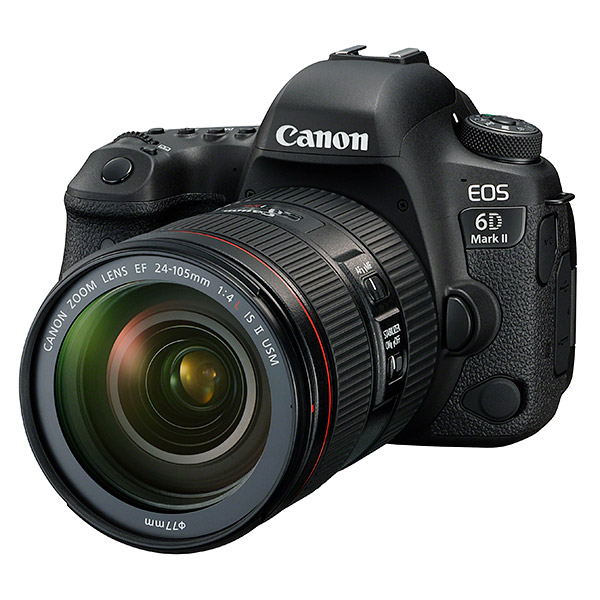 | Canon 6D Mark II Pros: Programmable bulb placement. Dynamic range significantly increased. Gps. Adjustable display. Iso 50. Cons: Lack of 4k in the video (assuming it's a problem) Opinion: Used primarily for landscape photography is probably the most comfortable full frame, both for the ability to orient the display, both for the three-dimensional level that for the bulb installation programmable with ease, or you can set the duration of the shot to times above 30 canonical seconds without remote controls. It connects in two clicks to the cell phone that can be used as a remote control. 2 programmable modes promptly configured for 3 and 5 bracketing shots. Coming from a 70D I can not be satisfied because it greatly increases the ability to recover shadows and lights. Numerous info in the viewfinder, missing the histogram that would have been very comfortable. Convenient the gps (exosus as battery consumption) .rnInfinity of points of focus (useless if I like the back button focus in the central point). Fast, precise, predictive and micro-adjustable autofocus. sent on February 17, 2018 |
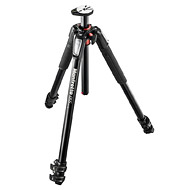 | Manfrotto MT 055 X PRO3 Pros: It does not move a millimeter; Folding central column. Practice the opening and easy positioning Cons: If you can consider a "counter" inconvenience in transportation Opinion: Found on a photocopy with a great offer (around 230 € including a 3-way head) I've tried it on several occasions for the obvious impossibility of BeFree to withstand the weight of the Canvas without moving. in a particular one, climbed on a rock of the Tuscan coast during a storm, he did not even give me a photo with micromosos.rn I preferred the 3 section version because it really is the feeling of absolute stability. Of course traveling is a bit unlikely. if you are looking for lightness and practicality, this is not the ideal choice. The tripod elongation is instantaneous. sent on October 24, 2017 |
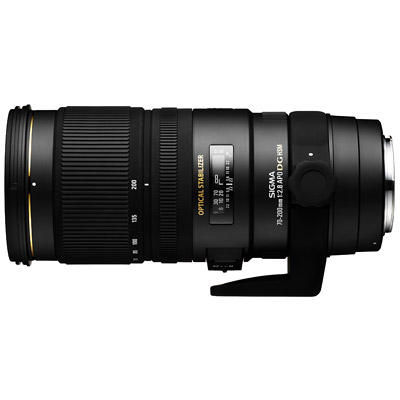 | Sigma 70-200mm f/2.8 EX DG OS HSM Pros: Sharpness, bumper bag, 3 years warranty, handling, normal stabilizer and panning Cons: The hood Opinion: It is my first telephoto lens worthy of this name, after a series of goals of the category "I would but I can not" type 75-300 and 18-200.rn Quality jump is evident. Great compromise for quality and price, found at 800 new euros on Amazon. The whole opening is excellent. The only real nuisance is the hood that needs to be dismantled and reassembled in its two components before use, as the hood mounted on the reverse prevents access to the zoom ring, of course, with the mounted hood can not be placed in the backpack. Two components because it is necessary to mount an extra ring on the apsc. RnThe focus, at least in my specimen, is quick and precise. A purchase that is highly recommended for those who like me does not do it for professional use.rnColorization and chromatic aberration absent. Remarkable weight as well as all 70 / 200.rn sent on June 27, 2017 |
 JuzaPhoto contains affiliate links from Amazon and Ebay and JuzaPhoto earn a commission in case of purchase through affiliate links.
JuzaPhoto contains affiliate links from Amazon and Ebay and JuzaPhoto earn a commission in case of purchase through affiliate links.May Beauty Be Everywhere Around Me